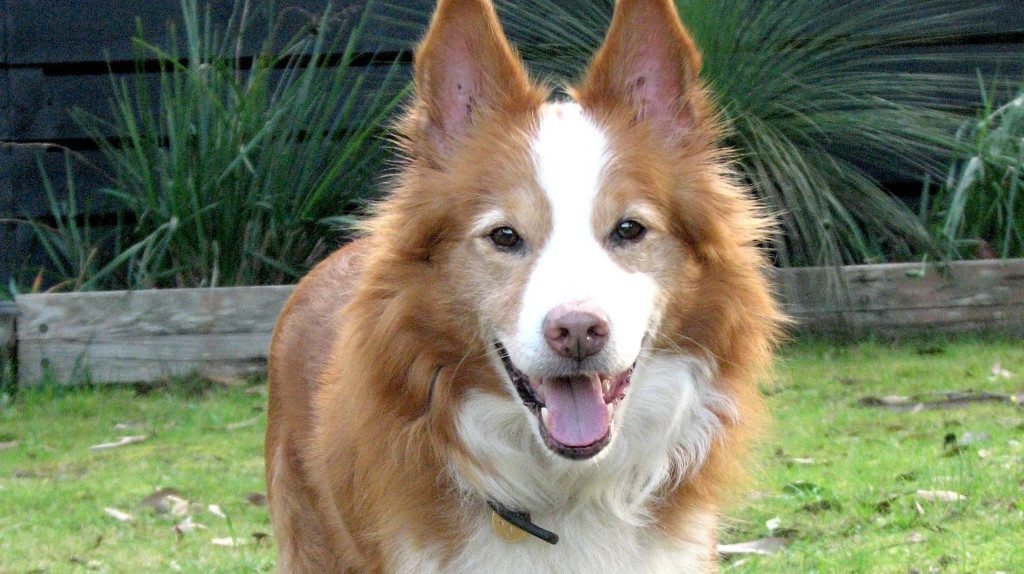Hint: Replant your yard with more urine-resistant grasses like perennial ryegrasses and fescues.
Lawn burn is a common problem which relates to those annoying brown patches left behind in the places where a dog urinates on the grass. The burning is a result of high nitrogen levels present in the dogs urine. A little nitrogen on a lawn is a good thing
(it is an ingredient in lawn fertiliser). Too much nitrogen, however, results in nitrogen burn.
Urine, when produced as a waste product in animals, primarily removes excess nitrogen from the body via the kidneys. Nitrogen waste products are the result of protein breakdown through normal bodily processes. Carnivores, including cats and dogs, have a significant protein requirement, and urine volume/production varies due to size and metabolism. Because dog urine is so high in nitrogen, when the dog urinates, it is similar to pouring liquid fertilizer on the lawn.
Young dogs of both sexes frequently squat to urinate. Leg lifting is often learned by male dogs around a year of age (castration or neutering does not seen to affect nature’s timetable related to this behavior development). While most male dogs urinate in this manner once reaching this age, a few will continue to squat, as do the majority of females, altho’ some more dominant female dogs may also mark by leg lifting. Grass can handle small volume nitrogen bursts easier than fertilizer overload. Unfortunately, the young bush, shrub, vine or tree sprout that becomes a marking post may have nitrogen (fertiliser) overload with repeated marking and may die if continually ‘marked.’
Heavily fertilised yards are already receiving near maximum levels of nitrogen. The small amount of nitrogen in dog urine may be all that is needed to put these lawns over the edge and cause lawn burn. Lawns that are suffering from drought, disease, or are newly sodded or seeded are more susceptible to lawn burn. Female dogs are more likely to cause lawn burn than males because they void their entire bladder in one location whereas male dogs tend to ‘mark’ areas of the lawn with a little here and there. Large dogs deposit more urine so they increase the quantity of nitrogen in one location, making lawn burn more likely – as does the smaller the area the dog has at its disposal.
Solving the problem:
- Walking the dog to a park or field away from the house is the most simple remedy & good exercise for both the dog and its owner.
- Train your dog to urinate in a specifically designed landscaped area of the yard. It will need a substrate like mulch or pea gravel that the dog finds acceptable and may even include a marking post. Use a short leash and food treats and commands like: Potty, Piddle, Do Your Business, etc. Be consistent, and eventually your dog will learn to use his/her designated spot.
- Feed your dog a high-quality food that does not exceed the pet’s protein requirement. Premium pet foods have more digestible protein sources that are more completely utilised by the pet. This translates into less nitrogenous waste excreted in the urine.
- Always have fresh drinking water available for your dog. Encouraging your dog to drink more, will help dilute the urine and decrease the risk of lawn burn.
- Feed your dog a supplement like ‘Hair of the Dog’ containing the plant extract Yucca schidigera, which helps bind nitrogen in waste and reduce fecal odour. It also contains essential B Vitamins.
Mild lawn burn will often repair itself over time, as long as no more urine comes into contact with the area. A motion-activated sprinkler may be helpful in keeping wayward dogs off of your lawn. Also reduce the stress on your lawn by not over or under-fertilising and by providing frequent watering.

